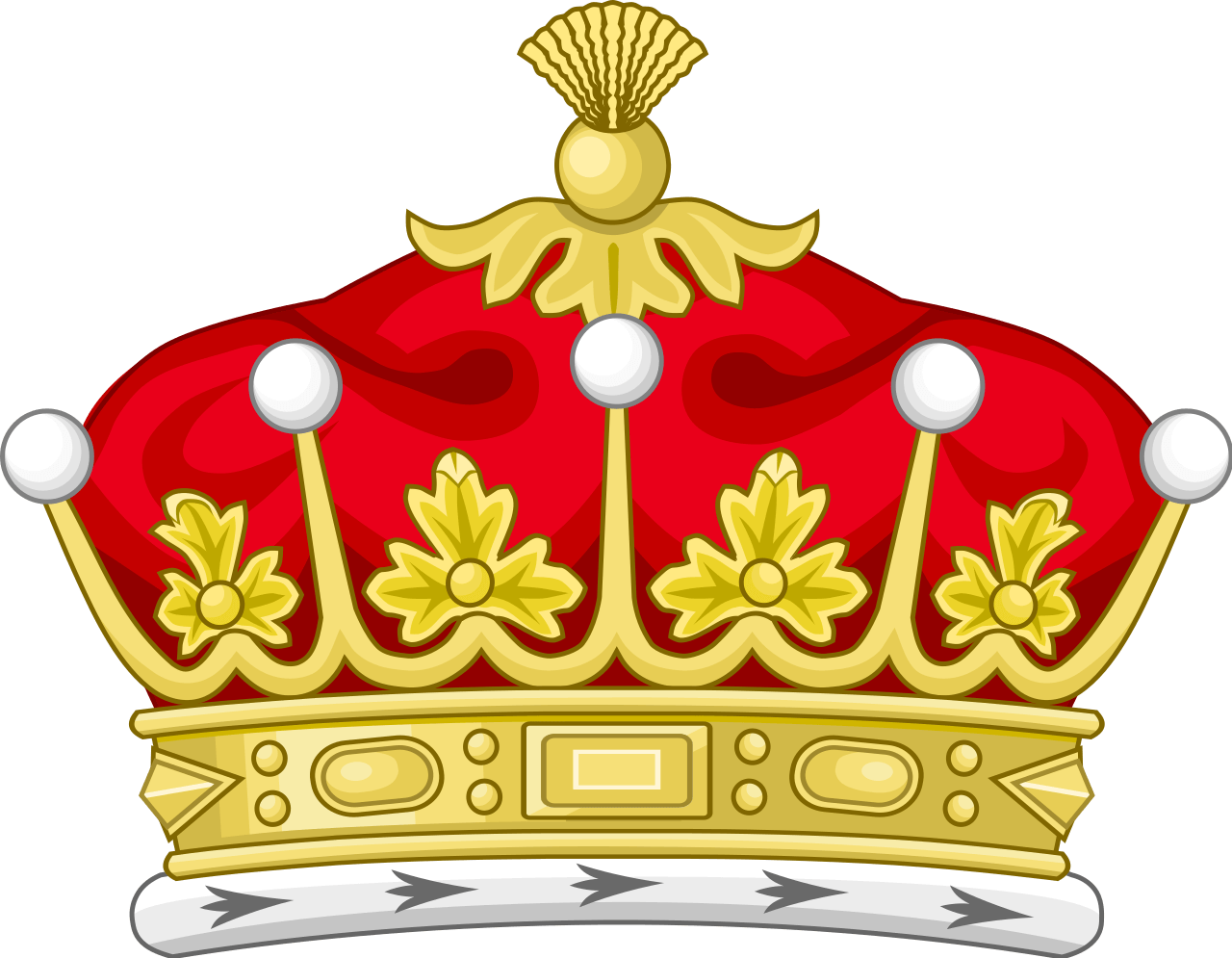Lords, Ladies and Misters: A Guide to Addressing the Peerage (And the Common People) - Emily Owen
Lords, Ladies and Misters: A Guide to Addressing the Peerage (And the Common People)
Select a Peerage Data content item
The Peerage Hierarchy
The ranks of the peerage system have changed relatively little since the nineteenth century. There are five titles in the peerage which are listed above in descending order of precedence.
Forms of Address
A non-royal duke or duchess must be addressed as 'your grace'. Their children will have 'Lord and 'Lady' in front of their Christian names, except the eldest son and heir who takes the duke's subsidiary title. So spare sons are "Lord First Name + Family Name" and daughters are "Lady First Name + Family Name". A marquess, earl or viscount is addressed as "Lord Title Name", and their wife as "Lady Title Name". A marquess's children are addressed the same as a duke's. Any son of an earl other than the eldest is addressed as 'Honourable', while the daughters have 'Lady' in front of their Christian name. The inclusion of first names distinguishes the children of dukes and marquesses (and earl's daughters) from lesser members of the peerage. A viscount or baron's children are 'Honourables', although the viscount's heir will take his father's subsidiary title if he has one.
Let's use the Leyton family as an example. Since Lord Leyton is the eldest son and heir of a duke, this means he has one of his father's subsidiary titles, the Earl of Banbury. He is addressed as 'Lord Leyton' or 'my lord', except by close friends who use his nickname 'Cephus'. His younger brother, as a spare son, is Lord Charles Leyton.

Lord Leyton
Earl of Banbury, Heir of a duke
Lord Charles Leyton
Younger brother
Lady Dennington
Wife of the duke
Lady Georgina Dennington
Daughter of the duke
Now let's look at the other noble family in the novel, the Denningtons. "Lady Dennington" would be the wife of the duke, while his daughter would be "Lady First Name + Family Name", in this case "Lady Georgina Dennington". The daughter of a duke, marquess, or earl who marries an untitled man becomes "Lady First Name + Husband's Surname", so on her marriage certificate Georgina could have been styled "Lady Georgina Abernathy", although she chose to abandon her title.
What about the Commoners?
There are rules for addressing those who were not members of the peerage too. A baronet is "Sir First Name" and his wife is "Lady Surname". His children are either 'Mr' or 'Miss'.
The eldest adult son in a family should be addressed as "Mr Surname", and any younger sons are all "Mr First Name + Surname". So, since George is the eldest son in the Abernathy family (note that his father has passed away before the start of TMM), he is "Mr Abernathy", while his younger brother is "Mr Douglas Abernathy". Some readers might notice there are occasions in the novel when Douglas is addressed as "Mr Abernathy", but these instances are either when he is not in the company of his brother or when he is mistaken for the eldest because he is the taller of the two. The same form of address is true of daughters as well as sons, so the eldest daughter is "Miss Surname" and her younger sisters are all "Miss First Name + Surname". If the eldest sister marries, then the next oldest sister acquires the title of "Miss Surname". Molly is "Miss Abernathy" since she is the only daughter in the family.
Also, if you have any French characters, 'Mademoiselle' is equivalent to 'Miss' and 'Madame' to 'Mrs', although if a woman is over fifty and still unmarried then she might be given the courtesy title of 'Madame'. Claudette Roux-Voclain is still 'Mademoiselle' since she's only in her late twenties (and in no rush to marry).
Further reading
- Debrett's. [no date]. Ranks And Privileges Of The Peerage. [Online]. [Accessed 19th July 2020]. Available from: https://www.debretts.com/expertise/essential-guide-to-the-peerage/ranks-and-privileges-of-the-peerage/
- You can explore the etymologies of the peerage titles further through the Oxford English Dictionary.